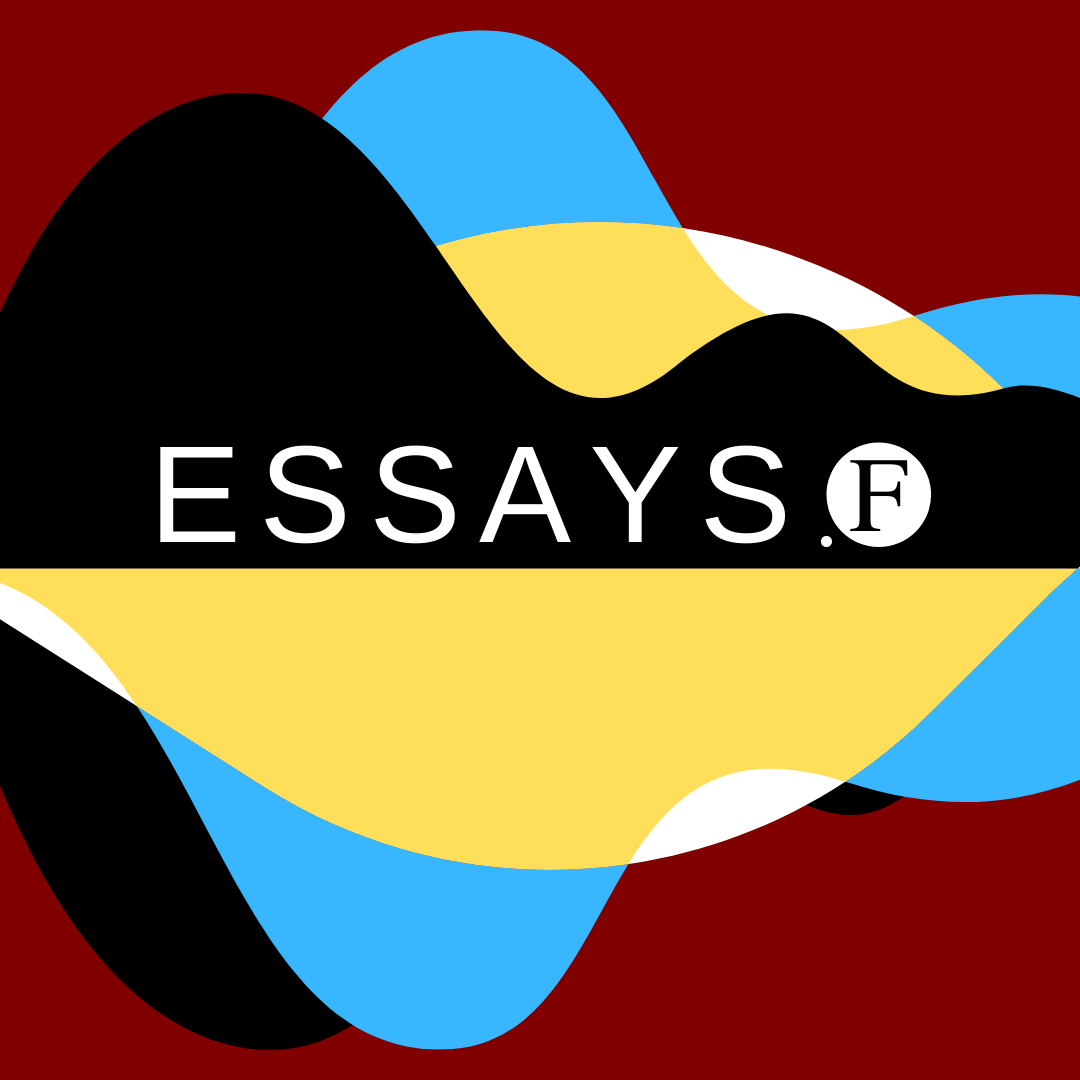Porn as Propaganda
Aidan McGlynn on how pornography can function as propaganda
Feminist theorists have sometimes suggested that certain kinds of pornography, in particular that depicting women being subordinated, acts as a kind of misogynist propaganda; in her influential book Against Our Will, Susan Brownmiller goes as far as to describe pornography as ‘the undiluted essence of anti-female propaganda’. However, such claims tend to presuppose that we know what propaganda is, and to the extent that we’re uncertain about this, or suspect that propaganda can take many forms, it’s not clear precisely what’s being claimed.
One natural thought is that some pornography spreads and amplifies a flawed sexual ideology—a system of explicitly or implicitly held ideas about gender and sexuality, according to which women exist largely for men’s sexual gratification. Since ideological messages of this sort can be implicitly held and communicated, they can influence the attitudes and actions of this kind of pornography’s consumers (almost exclusively men) in ways that may bypass their capacities for rational deliberation and assessment. So the idea is that pornography works as propaganda by acting as an especially effective kind of signal-booster for a familiar misogynist ideology of this sort, and it’s a signal-booster directed in the first instance at men.
However, a surprising and perhaps even more concerning interpretation of the claim that some pornography functions as propaganda is suggested by Catharine MacKinnon’s work on pornography. MacKinnon contends that it’s part of the dominant ideology, at least in contemporary Western societies, that men and women are already ‘basically equals’. That’s to say, the dominant narrative within these societies is that this is what equality for women looks like, despite lack of representation in politics and the media, pay and seniority discrepancies in the workplace, expectations that women will do the bulk of child-rearing and housework at home, horrifying levels of sexual harassment and gendered violence, continuing attacks on access to safe abortions, lack of equal access to education, and so on (as well as intersectional effects that make all of these problems even worse as they combine with racism, ableism, classism, homophobia, transphobia, and other kinds of oppression). Pornography, of the sort that interests MacKinnon, is the primary source of the ideology that masks this deeply unequal reality, telling us that where women are worse off than men, they are precisely getting what they deserve or prefer. And feminism, for MacKinnon, involves the surprisingly hard-won ‘discovery’ that this is not what equality for women looks like; that women are genuinely disadvantaged with respect to men, and that the differences that constitute this disadvantage are largely a matter of unjust and contingent social and political factors, rather than reflecting any kind of biological or psychological fixed nature which societies reflect (and perhaps should respect).
Here I find it fruitful to observe important similarities to Jason Stanley’s recent account of one central and democratically problematic kind of propaganda in his recent book How Propaganda Works. Stanley characterizes the kind of propaganda that interests him as a contribution (in the form of speech or imagery) to political discourse that is presented as an embodiment of an ideal of liberal democracy, but which in fact tends to undermine that very ideal. Moreover, it’s key to Stanley’s account that such propaganda exploits a pre-existing flawed ideology to hide the fact that it is really undermining rather than promoting the ideal in question. Here’s an example to make this clearer: Equality is an ideal of liberal democracy (though there are of course disagreements about what equality is and what it requires). Calls for voter ID laws, of the sort that have been widely adopted in the USA, seem like embodiments of that ideal; in particular, they are attempts to uphold the ideal that no person should get more than one vote. However, the number of cases of voter fraud are miniscule; in fact, the real purpose of such laws is to put up obstacles to the political participation of Black and Hispanic would-be voters. Moreover, the gap between the ideal of equality and the unequal reality brought about by calls for tough voter ID laws will be rendered invisible to those who buy (explicitly or implicitly) into a sadly all-too-familiar set of ideological beliefs, such as the belief that Black and Hispanic Americans aren’t ‘real’ Americans and so don’t deserve a say in how the country is governed.
The similarities between MacKinnon’s account of the harmful role that pornography plays in society and Stanley’s account of propaganda are not coincidental. Both MacKinnon and Stanley are interested in the ways that words and images can contribute to the subordination of the members of certain social groups while appearing to do just the opposite. Moreover, both are interested in how the mechanisms that enable this trick exploit, amplify, reinforce, and perhaps in some special cases create flawed ideological beliefs. In light of this, I suggest that one illuminating way of understanding MacKinnon’s writings on pornography is as defending a particular (and particularly interesting) interpretation of the slogan that pornography can function as propaganda; such pornography is propaganda in something close to Stanley’s sense.
As my cautious wording of this claim suggests, the match isn’t perfect. Stanley’s focus is contributions to public political discourse. Here he has in mind things like ‘political debate in elections, between representatives in the chambers of government seeking to pass policy (such as Congress and the Senate), and […] media discussions of either’, and he contrasts this with ‘the discourse of private citizens in their homes’. Given that pornography is typically distributed and viewed in relative privacy, it is clear that very little of it counts as a contribution to public political discourse. So pornography counts as propaganda in something like Stanley’s sense only if we’re willing to be more inclusive in this respect, allowing that such propaganda need not be a contribution to public political discourse. Being more inclusive may bring other advantages; for example, it may make it easier to correctly classify certain kinds of advertising as propaganda, even if such advertising is targeted at private individuals in their homes.
Even with this caveat in mind, the claim that some pornography works as propaganda in this sense might seem incredible, perhaps even close to paradoxical. We’re focusing on pornographic material that depicts the subordination of women; what sense can be made of the suggestion that such materials present themselves as embodying cherished liberal ideals, in particular the ideal of equality? I propose that we here again get a major clue from MacKinnon. She repeatedly stresses throughout her writings that pornography increasingly involves recordings of real women (rather than relying on written or drawn representations of women), and these women are shown ‘enjoying’ subordinating acts. This is how pornography dresses subordination up as equality; women’s sexual desires are presented as dovetailing perfectly with men’s, however subordinating the acts depicted may be. MacKinnon herself advances this point with characteristic force:
Pornography’s world of equality is a harmonious and balanced place. Men and women are perfectly complementary and perfectly bipolar. Women’s desire to be fucked by men is equal to men’s desire to fuck women. All the ways men love to take and violate women, women love to be taken and violated. The women who most love this are most men’s equals, the most liberated.
MacKinnon’s claim is that female performers in pornography are forced or incentivized to act as if they are freely choosing acts that we would otherwise recognize as subordinating, and in doing so, pornography paints this unequal reality as a ‘world of equality’. With Stanley’s account in mind, we can recognize this as a way in which such pornography acts as propaganda.
We should acknowledge that this thesis has some controversial consequences. Who’s to say that the female performers in pornography don’t enjoy the acts they’re filmed engaging in? Isn’t there a danger of denying the agency of a number of grown women, many of whom will even explicitly say that they enjoy their work? These are good questions, and they don’t have easy answers. Of course, such questions are not unique to the topic of pornography. Consider the wearing of makeup, high heels, and uncomfortable underwear, or the desire to get married to a man, have children, and let one’s husband be the main bread-winner. To what extent are these genuinely free choices that should be respected, and to what extent are they reflections of the facts that in patriarchal societies women are often rewarded for certain attitudes and behaviour and punished for others, and that women form their identities, attitudes, and behavioural patterns in a society seeped in patriarchal ideology, which they internalize to some extent? These are notoriously difficult questions, and we should be aware that the MacKinnon-inspired views we’re talking about may require a very controversial stance on some of them.
If pornography is propaganda in something like the way suggested, we need to think about what implications this has about how best to combat its influence. One option, which perhaps looms rather too large in philosophical discussions of these issues, is some form of state censorship. Even if this is a good idea in principle—a very big ‘if’ indeed—there are familiar worries about the practicalities of censorship, especially in the internet age, and about who is to be trusted to do the censoring. MacKinnon is sometimes presented as a proponent of this kind of state censorship, but her proposal (adopted as law briefly in Indianapolis in 1984 before being struck down as unconstitutional) was rather to enable women to sue producers and distributers of pornography in civil court. But aside from these legalistic responses, we also need to think carefully about the role that education might play in combating the influence of pornography, and to do that effectively, it’s crucial that we understand the mechanisms by which it exercises that influence. Indeed, we might wonder whether some pornography might even be part of that process of education; while our focus here has been on pornography that depicts the subordination of women, it is sometimes suggested that pornography depicting genuine equality, autonomy, and consent might be a particularly powerful way to undermine the harmful messages carried by misogynistic pornography. For those interested in these possibilities, examining the ways that pornography acts as propaganda should be an urgent task.
The Source Code
This essay is based on the article ‘Propaganda and the Authority of Pornography‘ by Aidan McGlynn, published in Theoria.






